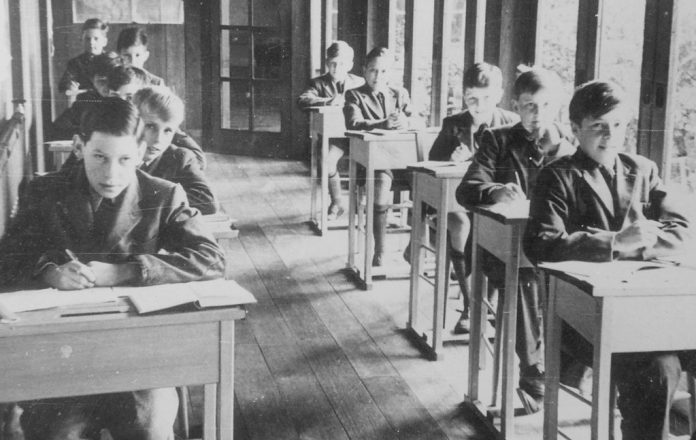Open enrollment increases choice, helps public schools, but transfer charges in 26 states corral poor and middle-class students.
by Jude Schwalbach
More than 20 state legislatures have approved private school choice programs over the last three years, and teacher unions continue to suffer what they view as significant setbacks. Since the COVID-19 pandemic, the message from many families has been clear: Students should have options and not be locked into residentially assigned public schools.
Through the years, teacher unions have resisted many needed education reforms. But with enrollment in many public school systems declining sharply, some school choice policies, such as K-12 open enrollment, can now appeal to unions because they keep students and funding in public school districts while critically giving families more agency in school selection.
Open enrollment lets students transfer to public schools other than their residentially assigned ones. Students who are being bullied, struggling to learn in their existing schools, or seeking academic or elective courses not offered at their assigned schools can transfer to any public school with available seats.
Students from less affluent families are often effectively barred from attending many highly ranked public schools because their families cannot afford to live inside their boundaries. Studies by the Brookings Institution and the U.S. Senate Joint Economic Committee found housing costs are much higher near highly ranked public schools.
Many of today’s school attendance boundaries reflect the lingering effects of now-illegal and discriminatory redlining policies. Students’ school assignments are often based on gerrymandered boundaries that divide communities. These antiquated school assignments are fundamentally unfair, using geographic location to ban most children from other public schools that are a better fit. This significantly affects vulnerable populations, especially low-income families, who can’t move to neighborhoods where they’d be assigned to higher-rated schools.
Sadly, about 89 percent of public school students live in states where school districts can discriminate against them based on where they live. Only 24 states prevent public schools from charging tuition to transfer students. Texas, Virginia, New York, New Jersey and Michigan are among the 26 states allowing public schools to charge tuition to transfer students.
In New York, for example, some public schools charge upward of $20,000 yearly to transfer students. Texas, Maryland, New Hampshire, Oregon, Virginia and other states allowed their public school districts to charge more than $8,000 last year to transfers, preventing middle- and low-income students from transferring to public schools that had available seats.
Public schools with available seats should be open to any student. Open enrollment is supported by 72 percent of parents with school-age children, according to a September 2023 EdChoice poll. And some politicians are taking notice.
During the 2023 legislative sessions, Idaho, Montana, North Dakota and West Virginia passed and signed robust open enrollment laws with bipartisan support. Now, 16 states have strong cross-district open enrollment laws allowing students to transfer to schools outside their assigned school districts, including blue and purple states such as Arizona, Colorado, Delaware and Wisconsin.
Studies from California and Ohio find students using open enrollment programs improved their academic achievement. Research from five states shows that access to better education options was a key factor for families participating in open enrollment.
Open enrollment is student-centered while also aligning with many teacher union interests. Teachers and public schools should increasingly see how these programs can help them. Many public school districts are losing students — and funding — as they face looming budget crises. Many school districts will face a fiscal cliff when pandemic-era stimulus funding runs out.
A 2021 report by California’s nonpartisan Legislative Analyst’s Office found that open enrollment generated revenue that helped small and rural school districts avoid closing. “Does it make money? No. But does it keep our people employed? Yes. Does it keep our financial situation stable? Yes,” Riverside Unified School District’s Timothy Walker said of California’s District of Choice program.
Even as school choice expands nationwide, most kids will stay in public schools. ZIP codes should not determine the quality of public schools available to them. Open enrollment allows students and parents to find the best public schools for their educational and social needs.
Originally published by Inside Sources. Republished with permission.
For more great content from School Reform News.








